FREE EMI Shielding Effectiveness Calculator
Quickly Calculate Shielding Effectiveness for Printed Circuit Board Shields and Other Enclosures.
- MAJR Engineer Designed
- Replaces Costly Pre-Testing
- Fast Aperture Attenuation Modeling
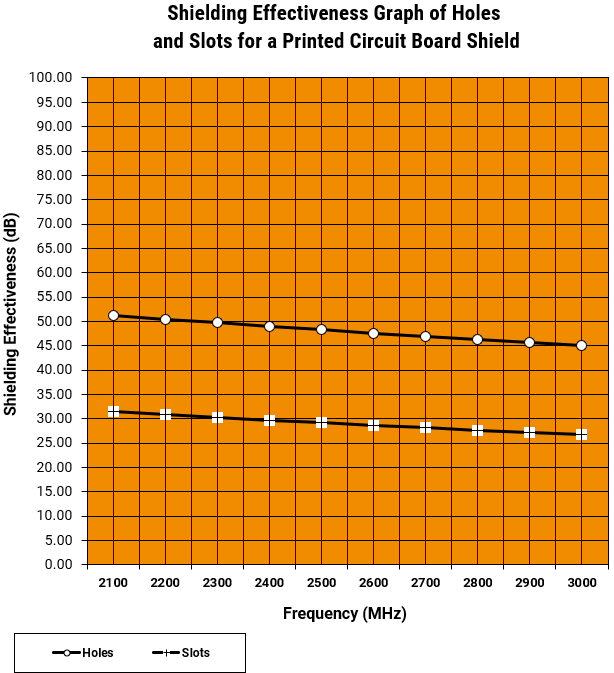
Why Use the EMI Shielding Effectiveness Calculator?
To optimize printed circuit board or enclosure tooling / manufacturing cost and design time, and determine the minimum shielding effectiveness of the shielding enclosure prior to fabrication.
How Does the EMI Shielding Effectiveness Calculator Work?
The calculator provides an estimate of the resultant shielding effectiveness due to ventilation holes needed for heat management or folded metal that form slots on the sides of a board level shield.*
Calculate Shielding Effectiveness in 3 Easy Steps
1
Enter from 1 (minimum), to 10 (maximum), frequencies of interest in a MHz format.
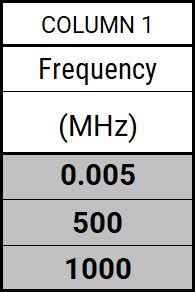
2
Enter the number of holes and/or slots within the calculated l/2 (1/2 wavelength) circular area for each frequency entered.
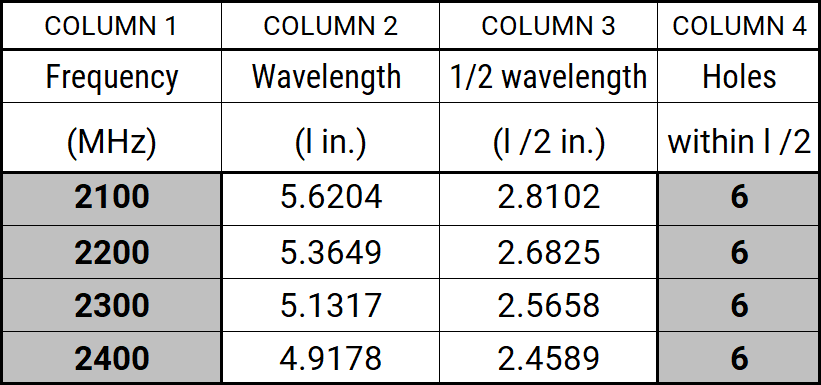
3
Enter the hole and/or slot maximum size.
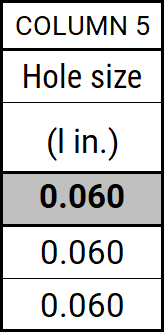
Results of Shielding Effectiveness Calculator
TS=As detailed in the sample below, the shielding effectiveness calculations for both holes and slots are provided as well as cell entry and recommended aperture characteristics per frequency.
In addition, a graph is generated indicating minimum shielding effectiveness as well as maxim. Note that, as with any modeling program, when testing components within a test fixture, there will be deviations.**
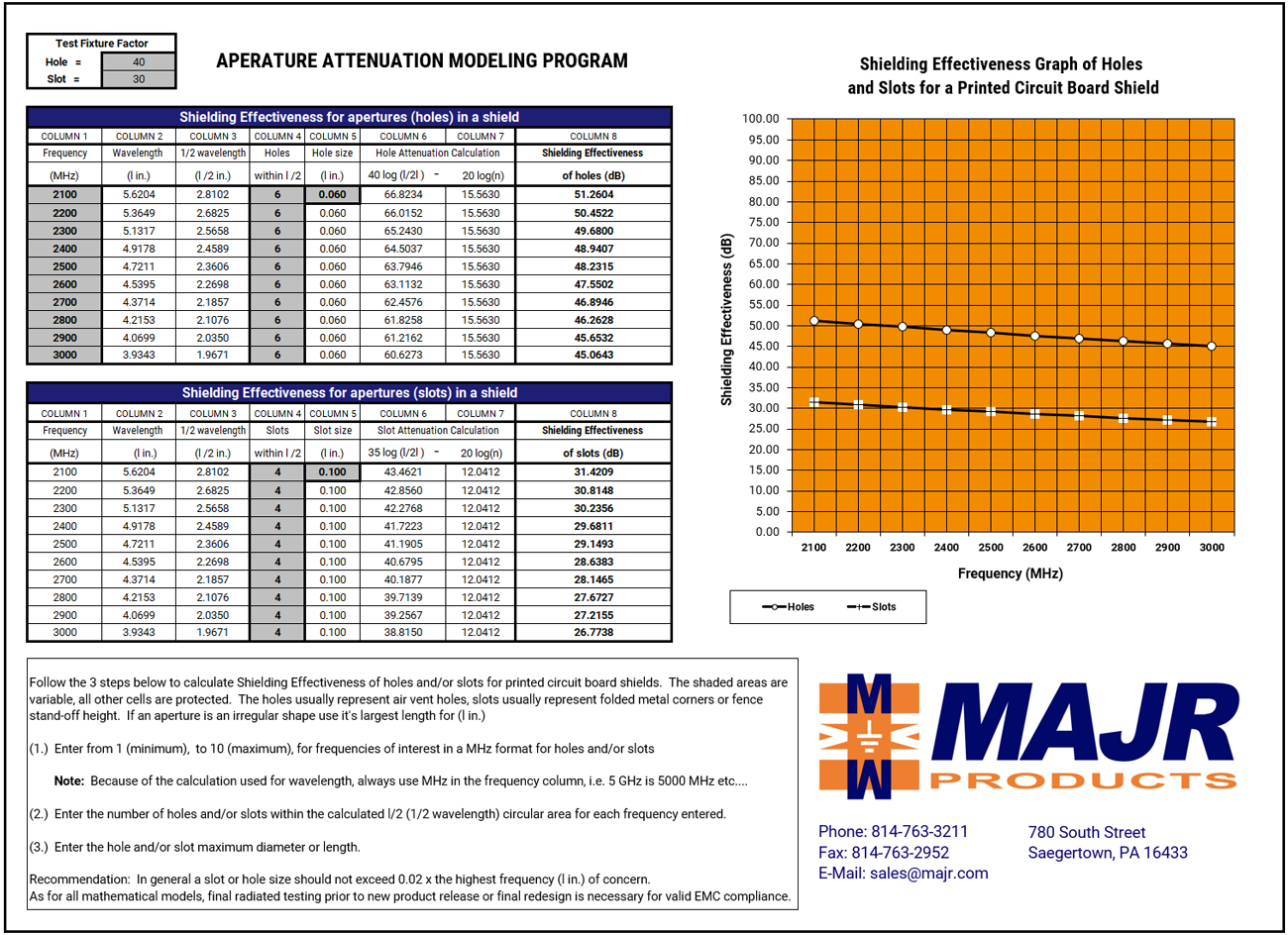
Notes on the Shielding Effectiveness Calculator
For complete program and tool details, please download the calculator.
*Error may always be present when calculating shielding effectiveness (near field, edge effects, reflection, or waveguide effects are not addressed); therefore final radiated emission testing prior to new product release or redesign of an existing product is necessary for valid EMC compliance.
**As with any modeling program, when testing components within a test fixture, there will be deviations between actual test data and theoretical test results. The Aperture Attenuation Modeling Program incorporates a “Test Fixture Factor” entry area for holes and slot; this number as shown in Figure #5 is used to adjust the multiplier of the Log calculation function use by the program. As an example: For Holes, 40 is the theoretical multiplier and for slots, 20 is the theoretical multiplier. In actual testing, one may find that the test data reflects 10 dB to 15 dB higher on average over a specific frequency range vs. the theoretical modeled data. In this case, increasing the multiplier will increase the shielding result; thus harmonizing to “real” tested data. As expected, in reverse, a decrease in the multiplier will decrease the shielding effectiveness model results. If the modeling program is adjusted to reflect an actual test fixture, with all other major parameters constant, the modeling program will become a customized program for a specific product and/or test lab set-up.
